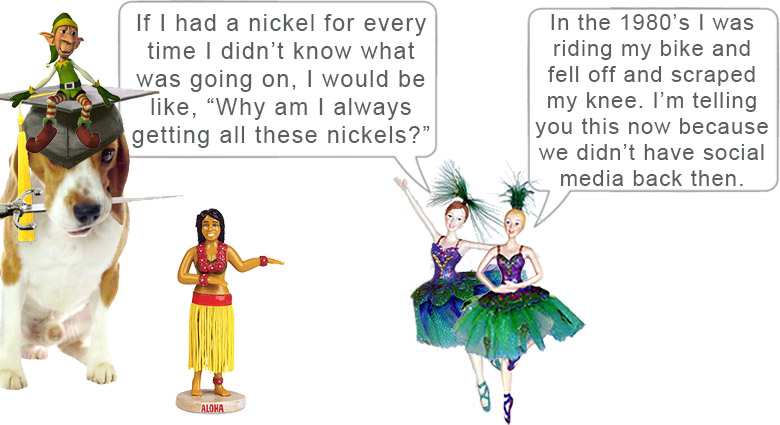Did you know that mood and mode share the same root word?1
I point this out because you cannot take your customer where you want them to go until you first meet them where they are. And where they are is in one of two different moods, or modes of shopping: transactional mode and relational mode.
Each of us operates in both modes, but we tend to choose our mode according to the category. If the category in question is one which you (1.) have an interest, (2.) have no preferred provider, and (3.) are willing to spend time to save money, you will approach that purchase in transactional mode.
If the category in question is one which you (1.) have no interest, (2.) have a name in mind that you feel good about2, and (3.) are willing to spend money to save time, you will approach that purchase in relational mode.
A customer in relational mode
- Thinks long term.
- Considers today’s transaction to be one in a series of many.
- Does not enjoy comparison shopping or negotiating.
- Fears only “making a poor choice.”
- Hopes to find an expert they can trust.
- Is willing to spend money to save time.
- Desires a long-term solution provider.
- Is likely to become a repeat customer.
A customer in transactional mode
- Thinks short term.
- Considers today’s transaction to be the end of the relationship.
- Enjoys the process of shopping and negotiating.
- Fears only “paying more than they had to pay.”
- Considers themself to be the expert.
- Is willing to spend time to save money.
- Desires a lower price.
- Is a good source of word-of-mouth advertising.
Relational customers are High CAP:
High Conversion
High Average Sale
High Profit Margin
Transactional customers are Low CAP:
Low Conversion
Low Average Sale
Low Profit Margin
When you target High CAP customers in Relational Mode, you face these dangers.
- You must create a company culture that causes your employees to take pride in delivering the experience that is expected by the customer in relational shopping mode.
- If you disappoint the relational customer, they take it as a personal betrayal. You were their trusted provider and you let them down.
When you target Low CAP customers in Transactional Mode, you face these dangers:
- Transactional customers have no loyalty to you. Your relationship ends when the transaction is complete.
- Transactional customers who are attracted to you for reasons of price alone will abandon you for the same reason.
- There is nothing that someone else cannot do a little worse and sell a little cheaper. This is why no business is secure when it targets customers in transactional shopping mode.
The words you use in your ads send signals to your customers. Do your word choices appeal to customers in relational mode, or do they speak to customers in transactional mode?
Give it some thought, because it really is a big deal.
Roy H. Williams
1 Latin modus “measure, extent, quantity; proper measure, rhythm, song; a way, manner, fashion, style,” from a Proto-Indo-European root med “take appropriate measures.”
2 When you “feel good about a name,” it is because you have repeatedly heard good things about that company though advertising or word-of-mouth.
My friend Bill Bergh taught me about Transactional and Relational modes of decision making when he sketched it on a paper placemat in an Irish pub in Calgary more than 20 years ago and Wizard of Ads partner Ryan Chute showed me some amazing High CAP/Low CAP data just 2 weeks ago. Thanks, Bill and Ryan! – RHW
 A man in his 70s made an investment and his partner cheated him out of his share. After arguing for more than a decade, the man, now 88 years old, hired a young female lawyer who had become disillusioned with big law firms and decided to practice solo. She argued the old man’s case in front of a jury and her client was awarded $146 million dollars. That court case happened in 2016, the old man was the late T. Boone Pickens, and the young lawyer was Chrysta Castañeda, roving reporter Rotbart’s guest today at MondayMorningRadio.com
A man in his 70s made an investment and his partner cheated him out of his share. After arguing for more than a decade, the man, now 88 years old, hired a young female lawyer who had become disillusioned with big law firms and decided to practice solo. She argued the old man’s case in front of a jury and her client was awarded $146 million dollars. That court case happened in 2016, the old man was the late T. Boone Pickens, and the young lawyer was Chrysta Castañeda, roving reporter Rotbart’s guest today at MondayMorningRadio.com
